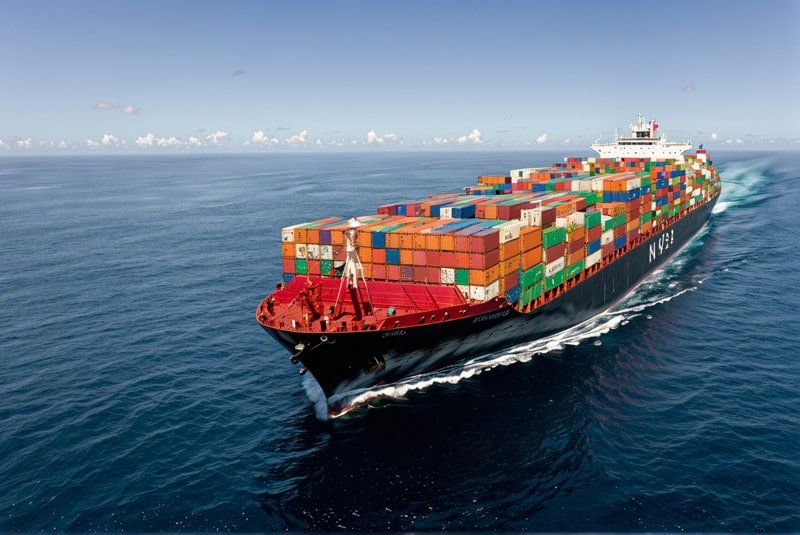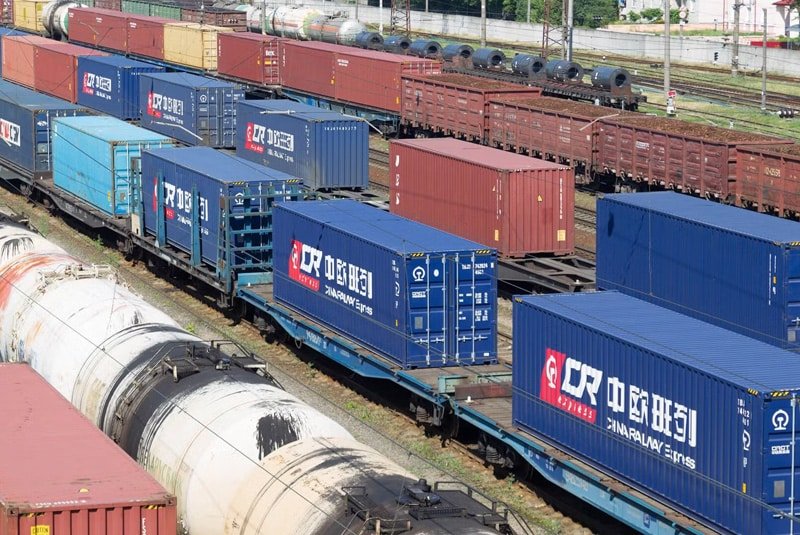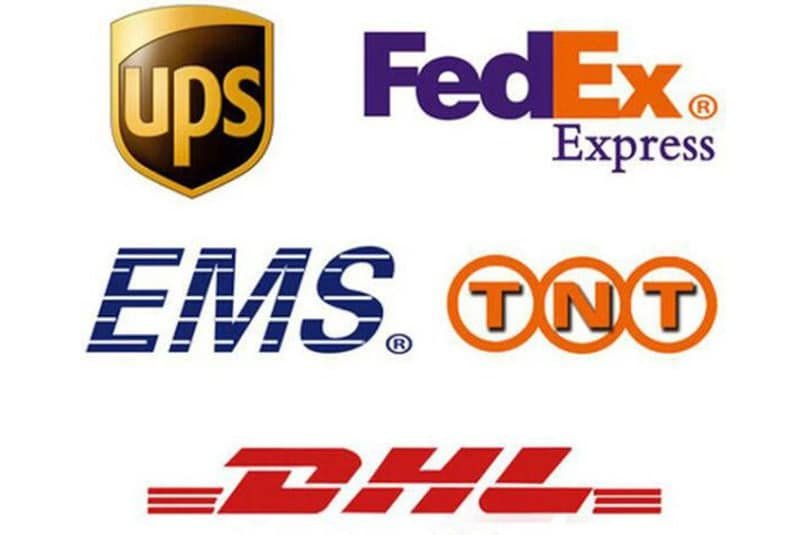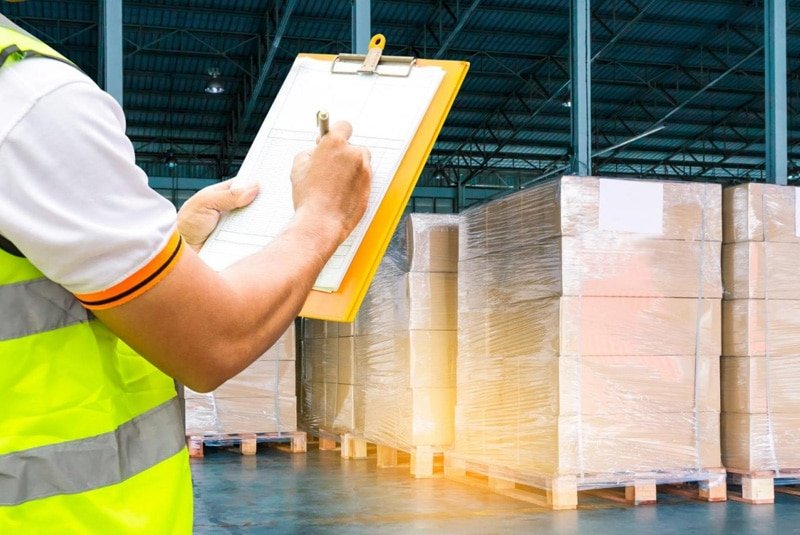A complete guide providing information on how to ship from China to Libya, using sea freight, air cargo and covering documents, rules, costs and logistical challenges. Professional views on how to conduct trade activities well.
Introduction
Overview of China-Libya Trade Relations
For the past decade, there has been a lot of change in the trade relation between China and Libya, with China now being a top trading partner for Libya and other North African countries such as Tunisia, and Mauritania. Even with the political turmoil in Libya, trading partnerships are still active, mostly in the sectors of machinery, electronics, textiles and building materials. More and more, Chinese manufacturers and sellers see Libya as the main way to enter North African markets.
Importance of Efficient Shipping Between These Countries
Smooth shipping connections between China and Libya play an important role in continuing trade and helping Libya recover. There is a lot of international trade departure from Shanghai and Libya mainly receives imported goods at Tripoli. Shipping quality influences businesses and the development of both economies.
Key Challenges and Considerations
There are specific issues in shipping between China and Libya, for example, instability in the region, problems with infrastructure, safety concerns and rules and regulations for customs. For cargo transportation to be successful, logistics companies must understand these issues to prevent costly delays or losses.
Shipping Methods
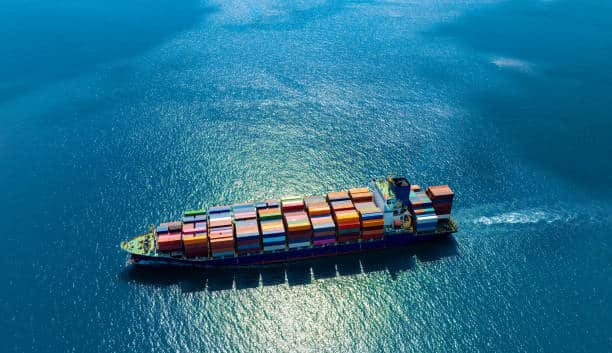
Sea Freight Options
Sea freight is the most favored way for shipping large shipments from China to Libya because it is both popular and cost-effective. Maritime services are available for shipments like Less than Container Loads (LCL), Full Container Loads (FCL), oversized cargo, break bulk and liquid cargo transportation. Transiting goods by ocean usually leads to lower costs for heavy or bulk cargo, even though ocean delivery can be slower than air cargo.
Full Container Load (FCL): is best when your shipment is large enough to fill a container (20ft or 40ft). Provides more safety and could make shipping less expensive for large amounts of goods.
Less than Container Load (LCL): is for shipments that are too small to fill a container. It’s economical for shipments larger than some parcel services but smaller than full-size loads because the cargo is consolidated.
Air Freight Services
Testing the sea vs. the air route found air freight takes only 3-7 days to get parcels from China to Libya, whereas sea freight takes 15-25 days. This method is suited to situations involving urgent delivery, valuable goods or time strict shipments. Nevertheless, using air freight is much more expensive than going by sea and it is limited by how much and what size your goods can be.
Rail-Sea Combined Transportation
Another choice is rail from inland China to the coast, then using sea freight to take goods to Libya. Using this approach enables economical shipments from China’s inland areas and still guarantees decent transit times.
Express Courier Services
Businesses that need small packages and documents shipped can use door-to-door services like those from DHL, FedEx and UPS. Since they are quick and convenient, express services are often too costly for everyday use and have limits on size and weight which means they are designed for sending samples, documents or high-value small items.
Major Ports and Routes
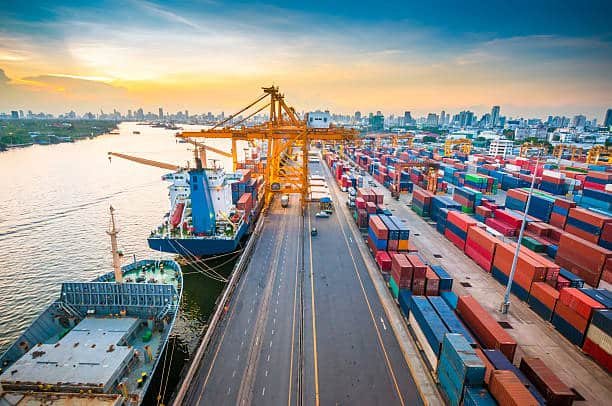
Chinese Departure Ports
Port of Shanghai: is very active, giving businesses access to numerous shipping routes to Libya. Most trade between China and Libya takes place here and the port provides consistent timings for ships.
Port of Guangzhou: The important southern Chinese port where goods from the Pearl River Delta manufacturing region are shipped out.
Port of Shenzhen: Significant as well, given the high numbers of electronics and high-tech goods shipped to Libya via this port.
Port of Ningbo: Just close to Shanghai, it allows cargo coming from eastern China’s manufacturing zones to be transported through an alternative route.
Libyan Destination Ports
Port of Tripoli: All major international cargo for Libya arrives at Port of Tripoli which is situated in the capital, filled with the best infrastructure and customs help.
Port of Benghazi: The port of Benghazi which ranks second in size, supports eastern Libya and gives an alternative option for entering when Tripoli has difficulties.
Port of Misrata: An important connection for Libya’s central region and it can step in when the country’s other ports reach their limits.
Common Shipping Routes and Transit Times
The regular method for traveling from China to Libya is to ship goods by sea from Shanghai or another Chinese port via the Suez Canal and into Libyan ports. It usually takes 18-25 days for sea freight which depends on the chosen route, weather and how busy the ports are.
If direct routes are not available, cargo may pass through European or Mediterranean ports which can take 3-7 days longer but could reduce costs or give more scheduling choices.
Costs and Pricing Factors
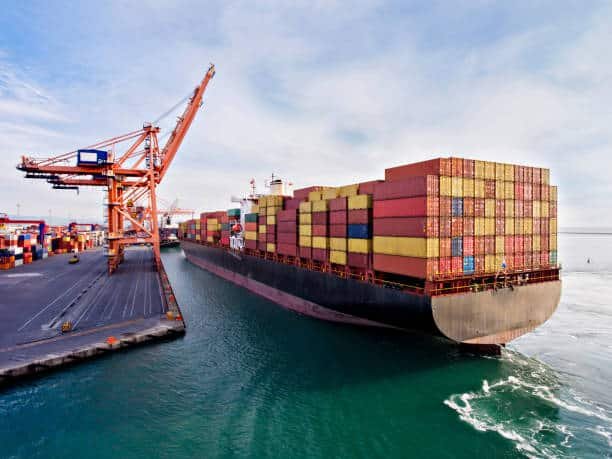
Shipping Cost Breakdown
There are several things that influence the amount paid for shipping from China to Libya. Prices for shipping by sea range from $800 to $2,500 per container and a kilogram of air freight usually costs $3 to $8. Important cost areas are:
- Basic costs of shipping the goods
- Fuel surcharges
- Security fees
- Shipping costs related to handling containers whenever the ship docks.
- Documentation fees
- Insurance premiums
Weight vs. Volume Considerations
The cost for shipping will be based on whatever number is greater: actual or volumetric weight. When using sea freight, filling the containers efficiently is very important, yet air freight relies more on how much weight the goods have in relation to their volume.
Seasonal Price Fluctuations
Shipping costs tend to rise during peak seasons (September-November and February-April) because more goods are being transported. Scheduling and pricing may be affected by Chinese New Year and Ramadan.
Additional Fees and Surcharges
Shippers should plan for and cover additional charges, among which are:
- Terminal handling fees
- Money needed for customs clearance
- Charges for storing your shipment
- What you pay for safety checks.
- Factors used to change currencies
Documentation and Customs
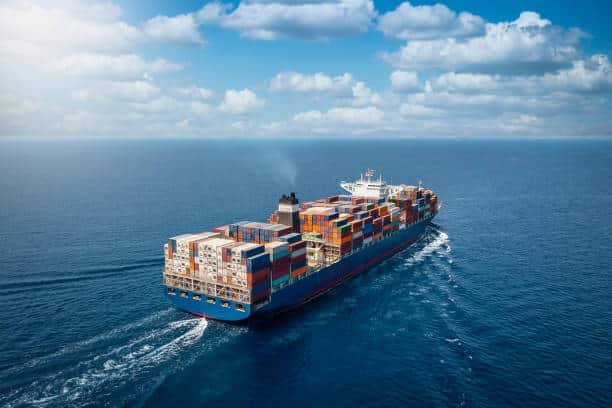
Required Export Documents from China
The following are necessary documents to export from China:
- Commercial invoice
- Packing list
- Bill of lading or airway bill
- Certificate for origin
- Export license needed (for restricted goods)
- Quality certificates should be issued when necessary (when required)
With Guanwutong’s expertise, you can avoid the common mistakes that delay or hinder the needed documentation process in shipping.
Libyan Import Regulations
Getting through the customs process in Libya is lengthy and sometimes complicated. Correct paperwork, the right declarations and following regulations will make the clearance process easy. Anyone who wishes to import into Libya should register at customs and may require local assistance to speed the process.
Customs Clearance Procedures
The general customs duty of 35% in Libya has been changed to a 4% “port tax” and some goods incur additional production taxes of 2% and consumption taxes of 25%. Duty rates can be as low as 0% and as high as 40%, but most products are classified into the 5% to 30% range according to their Harmonized System (HS) code assignments.
Restricted/Prohibited Items
A number of products are prohibited or restricted in Libya.
- Weapons and equipment for the military
- There are chemicals and dangerous materials
- Materials about religion considered inappropriate
- Artifacts that go against intellectual property rights
- Products that are unsafe by the local code
Logistics Challenges

Political Stability Concerns in Libya
Problems in Libya’s politics might result in ports closing, shipping being delayed or ships having to change their routes. Shippers have to be aware of the latest news and be able to adapt their logistics strategy quickly.
Infrastructure Limitations
The port and transportation system in Libya struggles with too much demand and upkeep problems. These drawbacks may cause timings to slow and so requesting inland transportation should be carefully arranged.
Security Considerations
Because security is still a problem when shipping to Libya, both insurance and operational methods are affected. Experienced logistics providers who know about local security programs and risk mitigation should be chosen by shippers.
Seasonal Shipping Constraints
Bad weather in the Mediterranean during winter months can disrupt shipping and how ports operate. Anticipating seasonal changes in demand keeps supply chains uninterrupted.
Choosing a Freight Forwarder
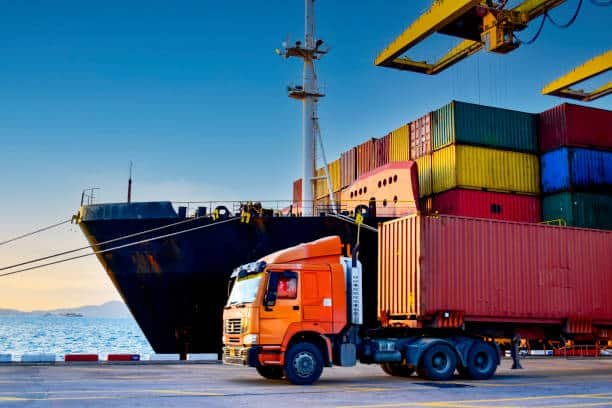
Key Qualities to Look for
Think about these points when looking for a reliable freight forwarder in your shipments from China to Libya:
- Understanding of North African markets
- The countries both have strong business and political connections.
- Many services are offered for the clients.
- Clear and open pricing
- Dependable ways of communicating and watching over the goods
Services Offered by Major Providers
High-quality freight forwarders handle all services needed such as gatherments, customs clearance, insurance, storage facilities, land transportation and support for documentation. Guanwutong and similar companies focus on trading between China and Africa, with expertise in following the regulations.
Comparing Chinese vs. International Forwarders
Usually, Chinese freight forwarders are known for low shipping costs and in-depth knowledge of how to export to different countries, but international companies may have better access to markets all over the globe. Deciding what to use depends on what kind of shipping is required and which priorities apply.
Packaging and Cargo Protection
Packaging Requirements for Different Goods
It is very important that cargo is properly packaged to keep it secure on the way to Libya from China. Types of products have different requirements.
- Protect electronics against static electricity and moisture.
- Crating must be strong and lined with shock absorption materials for machinery.
- Protecting textiles from moisture and harmful substances is very important.
- Food products need to be packaged and labeled in line with specific rules.
Container Types and Specifications
There are Different Types and Specifications for Containers
- There is a variety of standard containers that are available such as:
- 20-foot dry containers (33 volumetric meters)
- Dry containers of 40 feet (67 cubic meters)
- 40ft high cube containers have a space of 76 cubic meters.
- Shipping containers that preserve the proper temperature for temperature-sensitive items
- Big cargo is loaded into open-top containers.
Insurance Options
It covers your cargo against damage or loss that could happen during the move. Options include:
- Policies that protect from all possible dangers
- Coverage against specific risks is named perils coverage.
- War and industrial action coverage for locations that are risky
- More protection for goods shipped across the country
The risk and value of your goods can be assessed by Guanwutong and they can assist with determining adequate insurance.
Tracking and Delivery

Shipment Tracking Systems
Up-to-date tracking systems are now provided by logistics firms so that shippers may track their goods at all times. Because of GPS tracking, electronic records and milestone notifications, you can follow your shipment and feel safe.
Last-Mile Delivery in Libya
There are obstacles to transporting items to Libya, including trouble with infrastructure and security. Options include:
- The consignee comes to get the shipment from port.
- Major cities often have local delivery services.
- Services for storage and movement of goods
- Cross-docking to move products onward
Handling Delays and Contingencies
There are a lot of reasons for delays in China-Libya shipping. Good contingency planning requires these steps:
- Add a buffer to the delivery schedule.
- Other available ways to travel
- Talking and making plans with stakeholders
- Protection from extra costs due to construction delays
Using experienced logistics companies like Guanwutong can reduce delays as they give professional help when problems occur.
Best Practices and Recommendations
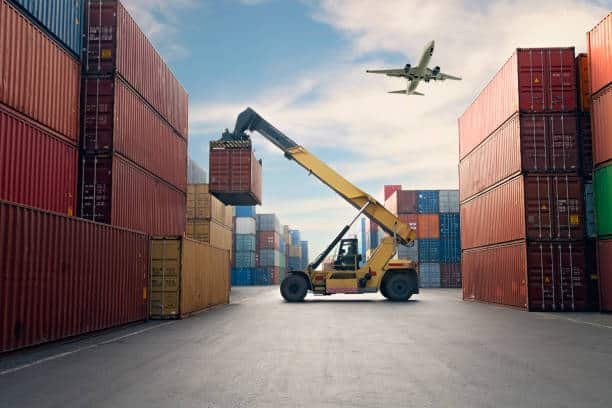
Supplier and Logistics Partner Selection
Prefer to deal with suppliers and logistic partners who have a history of successful trade between China and Libya. Ensure people have proper license, experienced references and enough cash flow before entering a long-term engagement.
Documentation and Compliance
Item details should always be well recorded and every export and import regulation should be followed. Even a small error may cause projects to delay and waste resources.
Risk Management
Come up with effective risk management methods using good insurance, using several shipping routes and being prepared for various challenges.
Relationship Building
Make genuine efforts to team up with freight forwarders, customs brokers and local persons in Libya. Because of these relationships, services can be accessed easily during difficulties and emergencies.
Technology Utilization
Implement technology to help with keeping records, monitoring and messaging, so shipping operations are more efficient and have fewer errors.
Conclusion
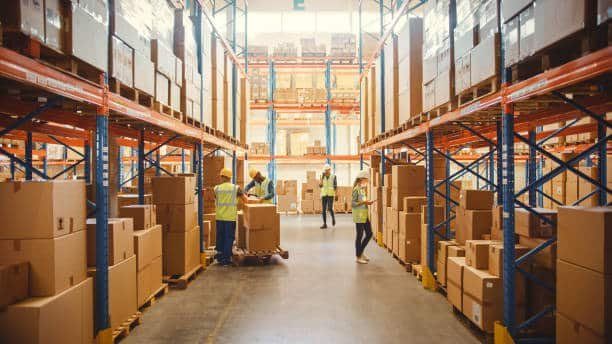
Future Outlook for China-Libya Shipping
Improvements in Libya’s politics and infrastructure are helping change the shipping industry linking China and Libya. Increasing commerce and improving services become possible as the countries build stronger economic ties.
Resources for Additional Information
Careful organization, proper paperwork and professional help are needed to ship goods from China to Libya. With Guanwutong, companies can find specialized help in China-Africa trade routes, benefiting from all services, starting with packing their goods and ending with delivering them safely to the destination.
Establishing and retaining reliable logistics partnerships as well as monitoring changes in regulations are vital for companies that want to grow their business in China-Libya trade. Because China is good at making products and Libya is strategically placed, trading together offers huge potential for both.
Applying the key recommendations and best practices in this guide allows importers and exporters to effectively get through China-Libya shipping without encountering many risks.

